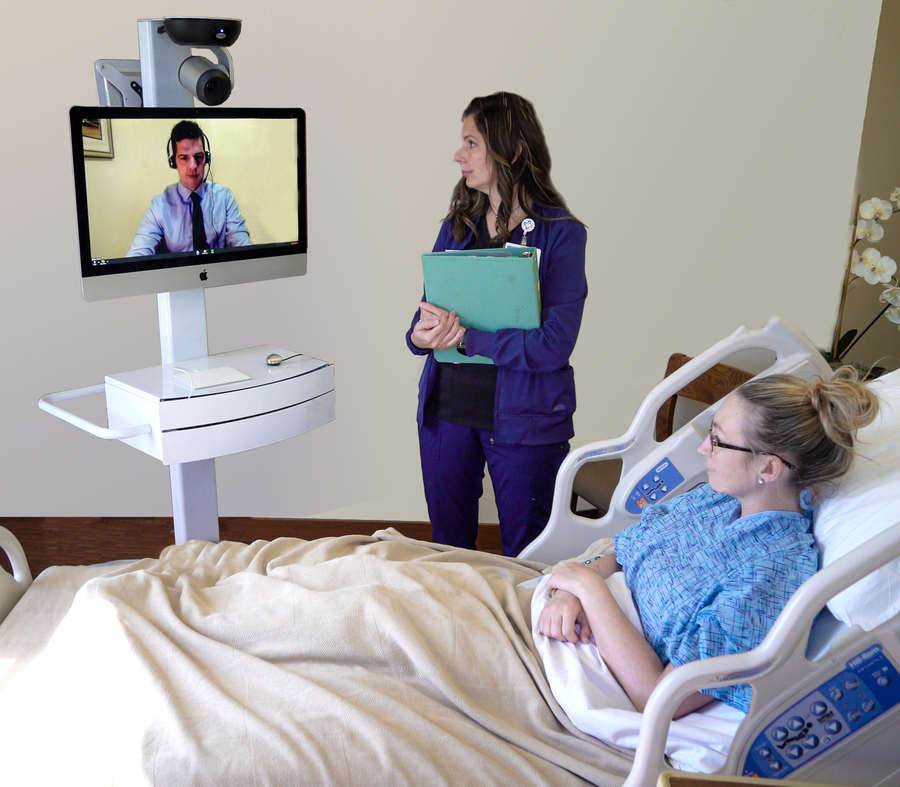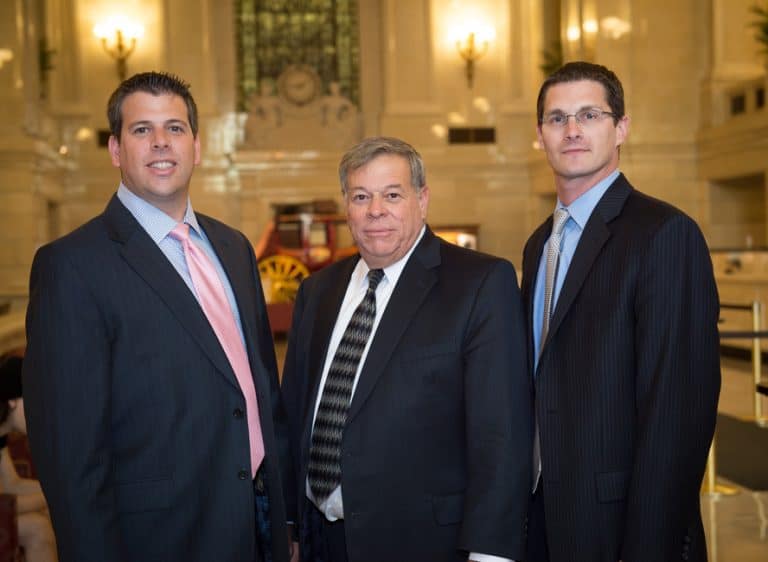Automotive industry OEMs are accelerating their search for software partners in a Covid world that has presented an opportunity to bring forward the overhaul of electronic and technology infrastructure in vehicles to upgrade the driver experience.
ANN ARBOR, MI, November 05, 2020 /Neptune100/ — Major automotive industry players are now moving quickly to completely embrace full electric power for their vehicles and creating the environment for the introduction of some features of autonomous driving.
One of Europe’s leading automotive industry technology experts, Markus Schupfner, a member of the Advisory Board of global IT software development company Spyrosoft Solutions S.A. – which has its US headquarters in Ann Arbor, Michigan – said VW has started to lead the charge towards tying software development to auto manufacturing.
“VW has set up its own software organization and wants to have up to 10,000 software engineers developing the car cockpit and the autonomous driving functionality for the future,” he said. “By generating more software on their own to gain more re-use of their functionality they are further accelerating the separation of hardware and software.”
“Also, as a consequence, OEMs are right now looking for more skilled and specialized software partners that they will treat as a software tier one in their supply chain – we are seeing this now within Spyrosoft Solutions. They are moving away from creating specifications and leaving software and technological developments to suppliers in the supply chain.”
The massive disruption faced by the automotive industry during 2020 as a direct result of the Covid pandemic has accelerated the need for the industry to confront challenges that already existed before the Coronavirus crisis.
The most pressing of those challenges are improving connectivity and software upgradeability in cars, moving towards full electrical vehicles and centralized computer functionality for cockpit and autonomous driving while dealing with legacy issues and facing disruptors like Tesla which do not have the baggage of legacy technology issues.
“This acceleration to modernization of technology is a benefit to the sector,” said Schupfner. “The auto industry pre-Covid was not in good shape with many legacy issues. It has been too slow in developing and modernizing functionality to meet customer expectations compared to other industries.”
“Look at your personalized apps from your cellphone and the continuous updates you have to improve the functionality and security. The expectation of consumers towards an automotive cockpit software are the same. They expect continuous improvements of the various functions over the vehicle’s lifetime while improving personalized functionality and safety day-by-day. This is still not happening for many of the vehicles operated worldwide.
“The whole auto industry has been missing that while cellphones or any other connected devices introduced it years ago. The way software is developed has to be adapted in the automotive industry.”
“Another example can be seen when looking at the IT infrastructure in vehicles. Gigabit ethernet is everywhere but we still use much older network protocols like CAN, MOST and LIN inside vehicles mainly as a result of legacy issues. Now the whole industry is moving towards gigabit ethernet inside the vehicle while centralizing the computing power to run cockpit electronic functionality as well as autonomous driving functionality.
“That is a huge change that is accelerating right now. That’s where I see Covid has made the automotive industry re-think and opted to take this step now instead of waiting longer and being late again.”
The move towards autonomous driving can be divided into two categories: Vehicles for mass production used by private consumers and vehicles for services. Schupfner said that fully autonomous vehicles for private consumers might be some way off for three reasons: Achieving nearly 100 per cent functional safety is still an issue, government regulatory setup globally to allow full autonomous driving are still missing and finally achieving a reasonable end consumer price for this technology is still a way to go.
“Some slow-speed autonomous driving vehicles for services will be introduced to several cities where areas are very well geo-referenced and objects have been fully mapped,” he said.
“Delivery services in low-speed conditions could be done fully autonomously in a few years in vehicles that are well-equipped with three independent sensors for safe auto-driving. There would be also a huge benefit from autonomous driving for commercial vehicles.
“But for private vehicles with passengers and no steering wheel? This will still take some time, less because of reaching the necessary functional safety level more because of the end consumer costs compared with the benefit that it returns.”
“And how will people accept autonomous driving? Many drivers even now refuse to use their automatic cruise control on their cars because they don’t trust it. How do we get them to make the leap to trusting a fully autonomous car in any situation and in an environment where there are still other vehicles around with human drivers who do not always follow the traffic rules?”
“But autonomous driving in more secured and geo-fenced situations like traffic jam driving, long-distance highway cruising and automatic parking – that will be achieved for the mass vehicle market quite soon and is possibly more easily accepted by customers in the market.”
Spyrosoft Solutions will be an exhibitor at the Reuters Automotive Summit which is being held virtually from November 11-13 and which brings together the world’s most senior CEO and Leadership teams ready to set the automotive industry agenda for years to come.
Ends
Spyrosoft Solutions SA is part of Spyrosoft Group, a global software engineering business established in 2016 in Wroclaw, Poland, and currently one of the fastest growing companies of its type in Europe.
It has offices in the UK, USA, Croatia and Germany.
Spyrosoft Solutions offers the production of embedded software as well as its integration and validation under the requirements of the A-Spice standards. Our offer also includes the design and implementation of processes related to Functional Safety. We are experts in embedded systems development related to Vehicle, In-Vehicle Infotainment, and Mobility. We take full responsibility for the design and implementation of software in the vehicles. Our know-how and experience are founded on autonomous driving, in which we implement end-to-end software, from the sensor placed in the car to the user platform.
Further details at spyro-soft.com




